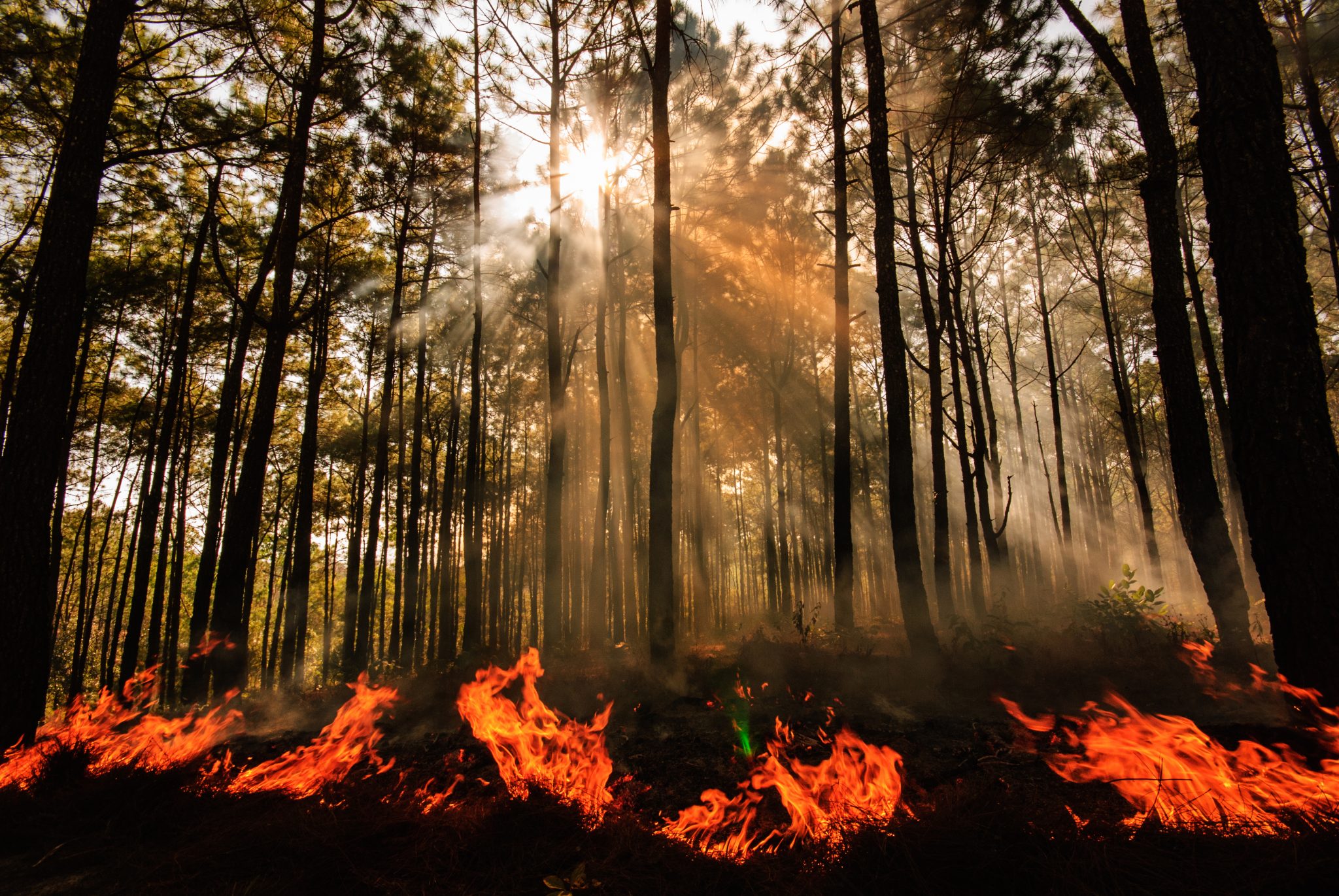Emergency Handbook

Erosion is probably one of the most common concerns after a wildfire. Post-fire erosion depends on many factors. Generally, erosion hazard increases as slope increases and vegetative cover decreases. To be safe, assume all drainage in steep, hilly areas can carry debris flows and are vulnerable after a wildfire.
Erosion
Erosion is a natural process. The amount of erosion after a burn depends on storm events, burn severity, slope, soil type, and the condition of the post-fire watershed. Erosion may be immediate and can continue over several years as root systems of burnt vegetation decay.
Surface erosion is when individual soil particles move, usually by water flowing over exposed soil. Debris flows and avalanches are dramatic forms of erosion and can deliver huge amounts of sediment and debris downslope.
If you live on or near a slope, in a gully or ravine, or along a stream or river, be aware of the extent of wildfire damage upslope or upstream. If most or all of the vegetation has been burned off of these areas, the chance for erosion is significantly greater and can result in mass movements of soil and water downhill or downstream from the damaged areas.
Control Methods
Erosion control is one of the most common rehabilitation activities after a burn. There are several common methods of controlling erosion.
Mulch
Mulch covers the soil, reducing raindrop impact, overland flow, and soil particle movement. It also offsets the effects of water-repellent soils. Mulching is the only treatment that consistently and significantly reduces erosion rates by immediately increasing the percentage of ground cover. Types of mulch include certified weed-free straw, slash, and geotextile fabrics.
Barriers
Barriers are installed on hill slopes and in streams to slow water flow, increase infiltration, and trap sediment. Types of barriers include log barriers, straw wattles, sandbags, silt fences, and straw bale check dams.
Seeding and Revegetation
Grass seeding is the most commonly used erosion control treatment after a burn. Grass is seeded to burned sites from the ground or by air to increase vegetative cover during the first few critical years after a fire.
Used by permission of eXtension.org.
Use pesticides only according to the directions on the label. Follow all directions, precautions, and restrictions that are listed. Do not use pesticides on plants that are not listed on the label. Trade and brand names used are given for information purposes only. No guarantee, endorsement, or discrimination among comparable products is intended or implied by the Alabama Cooperative Extension System. This publication is for information purposes only and should not be a substitute for recommendations or treatment by a health care provider.

